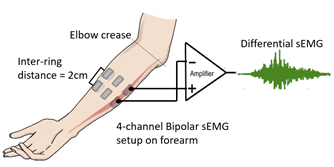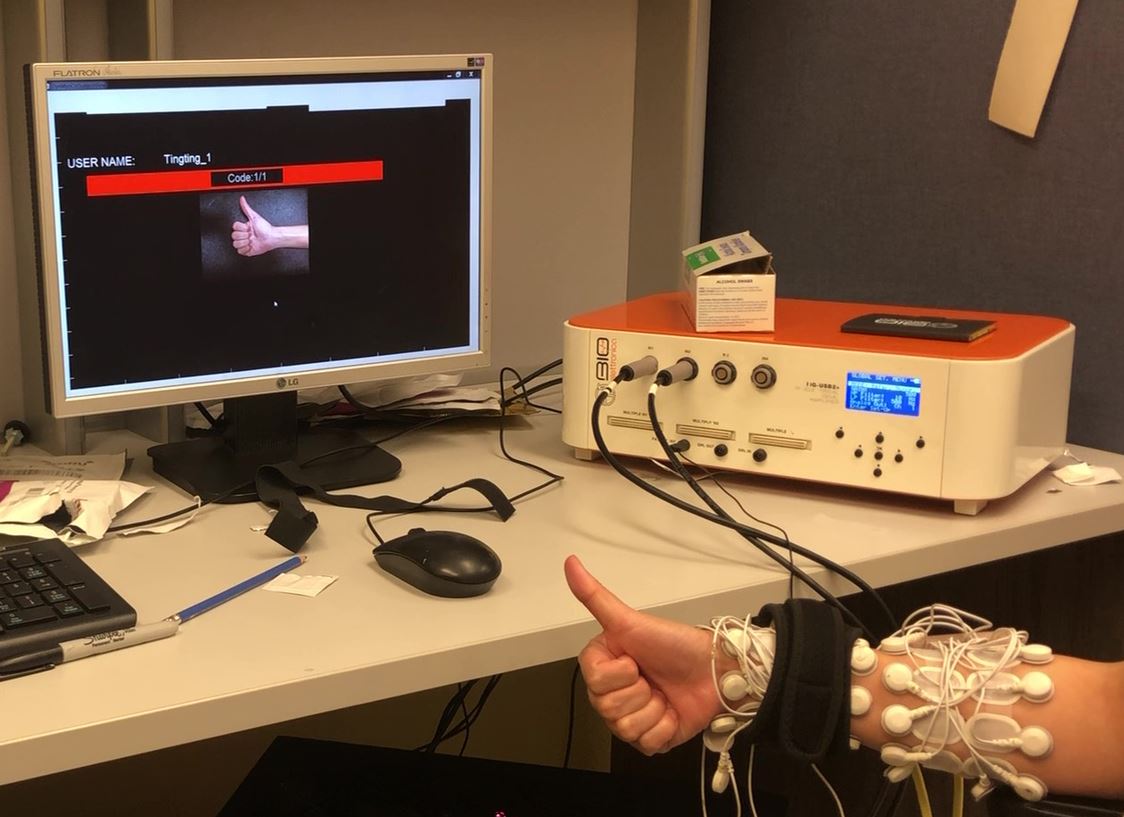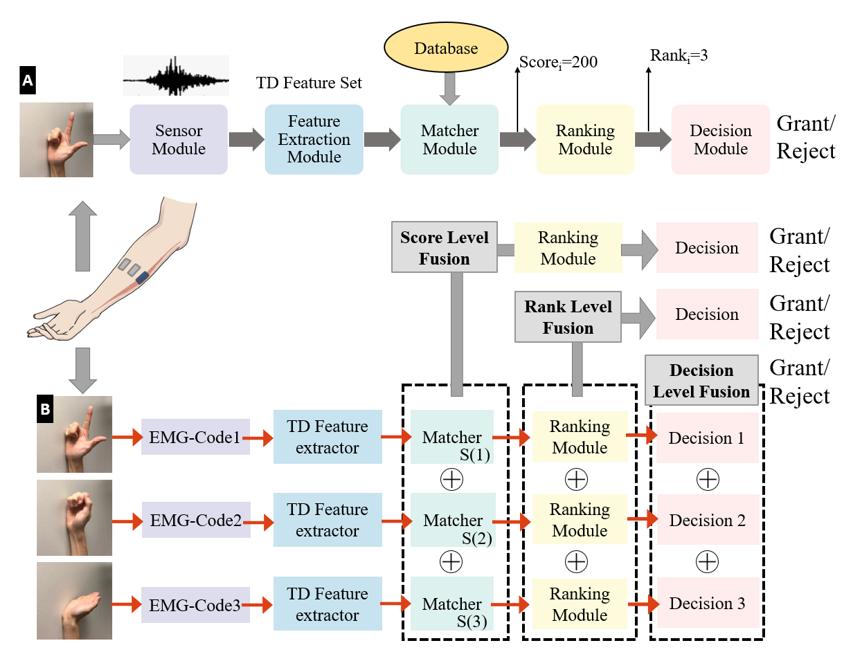Biometrics

Biometrics are biological information or characteristics that can be used to identify and verify an individual’s identity. Conventional biometric traits such as fingerprints, facial recognition, and iris-scans are embedded in our daily lives in the form of authentication systems in smartphones, laptops, banks, etc. They provide improved security as compared to traditional password-based authentication systems or can be added as a second layer of security.
However, there are many ways these traits can be compromised through exposure and artificially generated spoofs without the knowledge and consent of the legitimate user, leading to identity theft. Popular biometrics such as facial recognition is inaccurate due to biological factors, such as changes in facial hair and aging and may not even be viable at all in many instances due to requirements of wearing facemasks. Therefore, it is important to investigate novel biometric traits to address the limitations of conventional biometric systems. This study investigates multiple strategies for improving the security and robustness of one such biometric trait, the electromyography (EMG) signals.
EMG, which is the electrical manifestation of skeletal muscle contractions, have been utilized in biometric applications and are resilient to spoofing. My recent publications have worked towards determining the optimal signal processing methods and for implementing a multicode gesture password framework for EMG biometrics. Currently I am working on multiday robustness.

Unicode vs Multicode Biometric Systems
Unicode sEMG Biometric system: The processed input is matched with the template(s) in the database and a score is generated for every matching operation. Multicode sEMG biometric system combines individual codes using a post-matching fusion at one of the three levels—score, rank, and decision. For both the systems, the ranking module is present only for identification, whereas the verification application bypasses the ranking module, and a decision is made based on the score threshold.
Research Publications
Score, Rank, and Decision-Level Fusion Strategies of Multicode Electromyogram-based Verification and Identification Biometrics
Pradhan, A., He, J., & Jiang, N. IEEE Journal of Biomedical and Health Informatics
Performance Optimization of Surface Electromyography based Biometric Sensing System for both Verification and Identification
Pradhan, A., He, J., & Jiang, N. IEEE Sensors Journal

